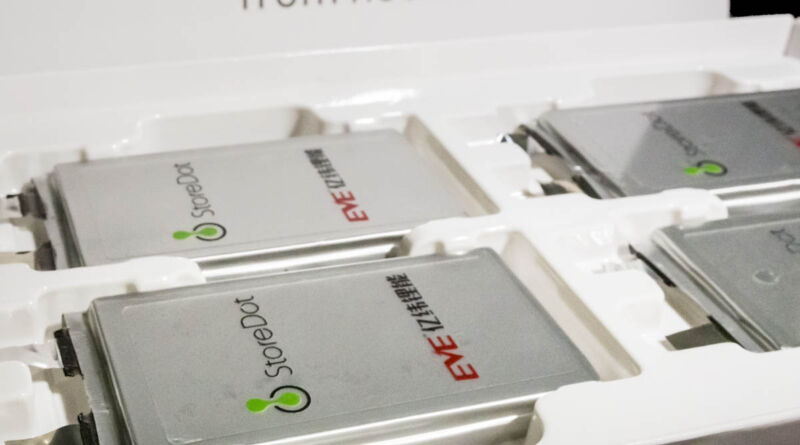
Building a better battery requires dealing with problems in materials science, chemistry, and manufacturing. We do regular coverage of work going on in the former two categories, but we get a fair number of complaints about our inability to handle the third: figuring out how companies manage to take solutions to the science and convert them into usable products. So, it was exciting to see that a company called StoreDot that was claiming the development of a battery that would allow five-minute charging of electric vehicles was apparently willing to talk to the press.
Unfortunately, the response to our inquiries fell a bit short of our hopes. "Thank you for your interest," was the reply, "we are still in pure R&D mode and cannot share any information or answer any questions at the moment." Apparently, the company gave The Guardian an exclusive and wasn't talking to anyone else.
Undeterred, we've since pulled every bit of information we could find from StoreDot's site to figure out roughly what it was doing, and we went backwards from there to look for research we've covered previously that could be related. What follows is an attempt to piece together a picture of the technology and the challenges a company has to tackle to take research concepts and make products out of them.
The need for speed
To an extent, StoreDot is using ideas that have been floating around research labs and startups for years, but it's taking a bit of a risk by using these ideas in a way that's different from their apparent promise. The bet that StoreDot is making is that it's not the absolute charge range of an electric vehicle that matters; it's how quickly you can extend that range. So, while it's leveraging research on technologies that allow greater capacity in lithium-ion batteries, it's turning around and sacrificing some of that capacity in order to make charging faster.
Put differently, the bet is that people would rather add 300km to the range of their car in five minutes than have a car with a 600km range that takes an hour to fully charge.
What are the implications of that bet at the hardware level? They're mostly dictated by heat management. As anyone who's plugged in a low-charge laptop while it's sitting on their lap knows, charging a battery produces a lot of heat. Charging it faster produces even more. To deal with this heat, StoreDot is essentially producing a diffuse battery with lots of space in between individual cells, as you can see at the four-minute mark of this video (embedded below). The cells have significant gaps between them, and the battery housing has holes that allow airflow between them. It's charged in a stand with fans that force air through the battery to keep the heat under control.
Anybody could do that with existing battery technology, but there's a very obvious cost: a much lower energy density, meaning a battery has to be much larger to hold the same amount of charge. StoreDot is compensating by working on technology that allows a much higher charge density, which offsets the lower density of materials. In the end, the battery should hold similar amounts of charge per volume as existing batteries, despite having less battery material present.
reader comments
387